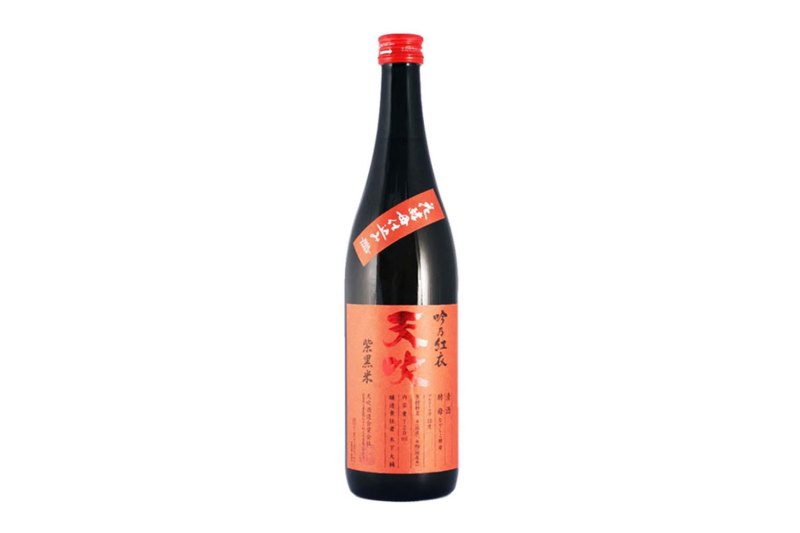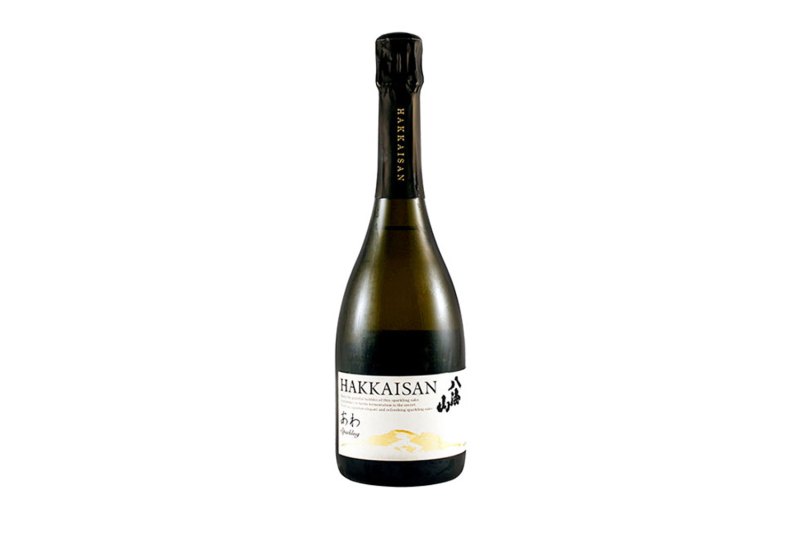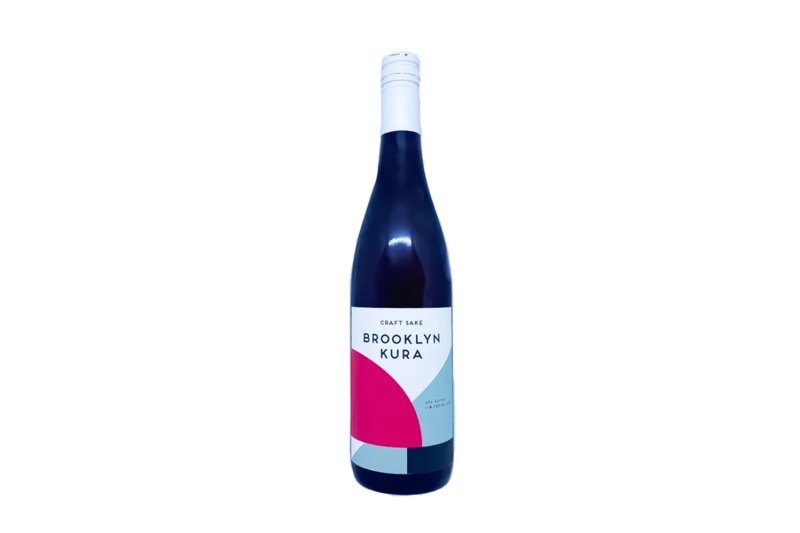Just as we do with wine and cocktails, we crave different types of sake in different seasons. So to get the lowdown on the best summer sakes we should be drinking (especially as we enter the dog days), we chatted with International Sake Sommelier Jessica Joly. Not only is Joly a WSET Level 3 sake sommelier, she’s also the marketing director of Sake Discoveries and the inaugural winner of Miss Sake USA 2016. Joly knows her stuff, and she loves to educate her U.S. audience on the nuances of sake through tastings and food pairing events. Joly talks about her five favorite summer sakes below, including tasting notes and ideal food pairings so you can find your warm weather match.
Amabuki Gin No Kurenai Junmai “Pink Lady”

If you’re a fan of rosé wine, you’ll love this lively, fruit-forward sake. “We call this sake the ‘Pink Lady’ because of its rose color,” Joly says. “The color comes from the ancient strain of black rice that they add during the end of fermentation. This producer uses flower yeast for all their sakes, and they blend Pink Nadeshiko (flower), strawberry, vanilla, and cactus for this particular brew.” This sake is lightly sweet with fruit undertones of fig and strawberry. Joly recommends drinking it with bold dishes like beef bolognese and sweet and sour chicken, and it also makes for a lovely aperitif before a meal.
Hakkaisan “Awa” Sparkling Sake

This sake feels like a celebration in a glass with each and every sip. “The sake producer Hakkaisan is very well known for its crisp, clean, and dry styles of sake — what we call ‘magic water,’” Joly says. “In the last two years, they launched a sparkling [sake] that is made the same way as champagne and called it Awa, which means bubbles in Japanese.” This secondary, in-bottle fermentation produces an elegant sake with soft and refreshing bubbles that champagne fans will love. It has a super soft acidity and crisp finish that Joly says pairs well with dishes like pizza, fried calamari, and beef lok lak, a Cambodian beef dish. If you’re in the mood for a dessert that feels a little bit fancy, Joly suggests serving this sparkling sake with raspberry sorbet.
Mimurosugi Tsuyuhakaze

Raw fish lovers, this is the sake for you. Mimurosugi’s sakes are delicately crafted, which gives them a soft flavor that’s incredibly easy to drink. “Mimurosugi is one of the top and most talked about producers in Japan right now,” Joly says. “It’s run by the son, who took over his father’s crumbling sake brewery and converted it into a successful business within the last five years. The water that he uses comes from the oldest shrine of Omiwa, where they say the god of sake rests and therefore the sake is blessed by him.” Delicate with subtle umami notes and a soft finish, Joly says to serve this sake with seafood like oysters, ceviche, sushi, and carpaccio.
Senkin Modern Muku Junmai Daiginjo

Sake is low in acidity when compared to most wines, but this producer’s focus is to create juicier, tarter styles that drink more like white wines. “It’s run by two young brothers who have been influenced by the wine world,” Joly says. “The oldest brother and president, Usui-san, previously studied wine and has converted his brewing style to focus more on acidity.” This sake is fresh and bright with notes of green apple, and it’s great for people who love wines like Riesling and Gewurztraminer. Joly suggests pairing it with pasta dishes like cacio e pepe or seafood pescatore and a sugar snap pea salad dressed with lemon vinaigrette.
Brooklyn Kura Occidental Dry-Hopped Junmai Ginjo

Brooklyn Kura sake is inspired by tradition but brewed in NYC’s Industry City. “They are the perfect example of contemporary, unique, and craft sake,” Joly says. “They are really setting the stage for sake producers all over the United States and creating products that attract sake lovers and newbies.” Brooklyn Kura just released its Occidental series, a Western riff on a Junmai sake that is bound to be your new favorite summer drink. “They are using dry hops and adding them into the fermentation,” Joly says. “And when they let it age about a week or two, the color turns faintly pink. It’s a super interesting brew because it smells like beer because of the hops, and it’s very floral with notes of lychee and peaches and tastes like a sake. It’s the perfect summer sake and it’s only a seasonal selection, so purchase it before they run out.” Bright and aromatic with lots of tropical fruit notes, Joly recommends pairing this light-bodied sake with camembert cheese with green apples and honey, as well as lobsters roasted with garlic and butter (you don’t have to tell us twice!).



